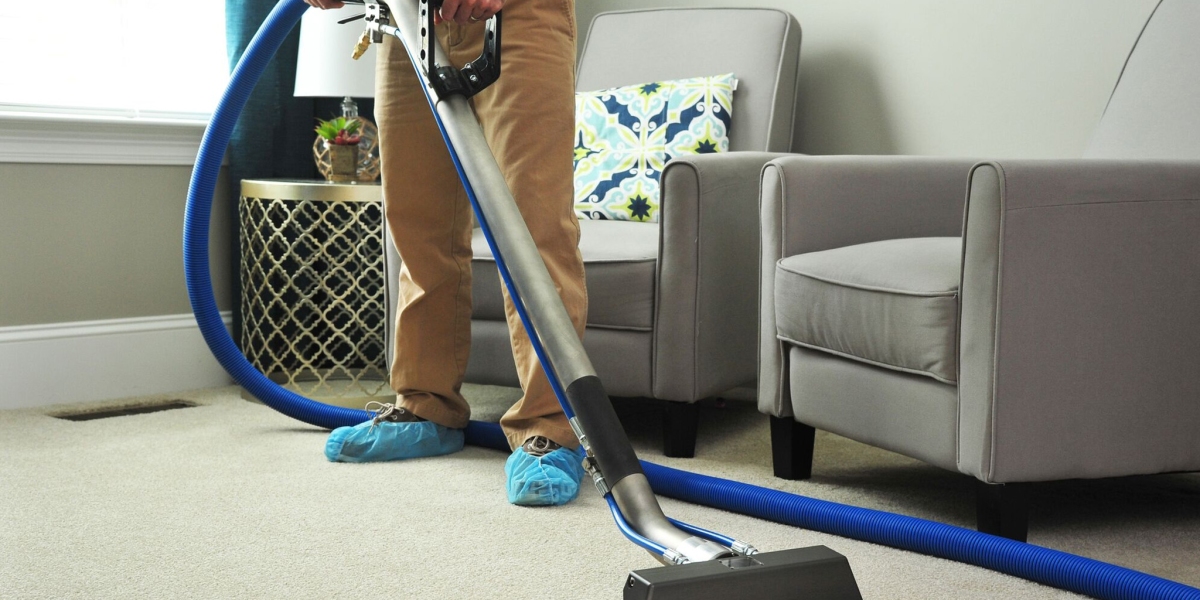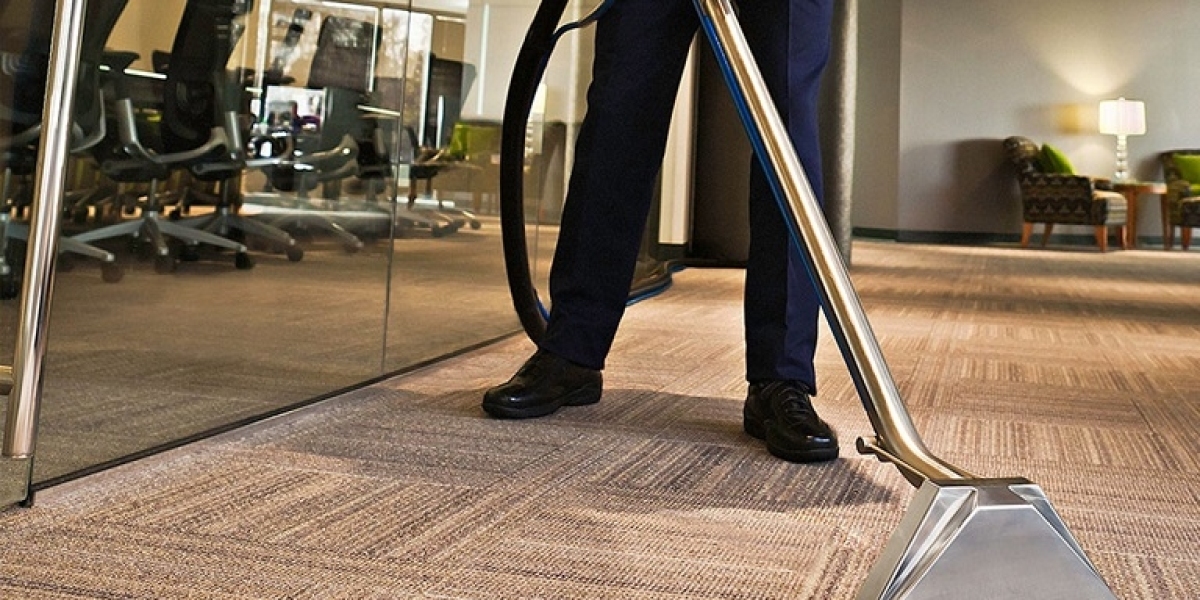Introduction
Carpets are a popular choice for flooring in homes and commercial spaces due to their aesthetic appeal and comfort. However, carpets also accumulate dirt, allergens, and bacteria over time, necessitating regular cleaning to maintain their appearance and hygiene. This article explores the science behind carpet cleaning, examining various techniques, their benefits, and best practices to achieve optimal results.
The Importance of Carpet Cleaning
Carpet cleaning is essential for several reasons:
- Health Benefits: Carpets can trap dust mites, pet dander, mold spores, and other allergens that can adversely affect indoor air quality. Regular cleaning helps reduce these allergens, promoting a healthier living environment.
- Aesthetic Appeal: Stains, dirt, and wear can diminish the visual appeal of carpets. Cleaning restores their original look, enhancing the overall aesthetics of a space.
- Longevity: Regular maintenance can extend the lifespan of carpets. Dirt and debris act like abrasives, causing fibers to wear down. Cleaning removes these particles, preserving the integrity of the carpet.
- Odor Removal: Carpets can absorb odors from pets, spills, and smoke. Cleaning eliminates these odors, refreshing the space.
Types of Carpet Cleaning Methods
There are several carpet cleaning methods, each with its own advantages and applications:

- Steam Cleaning (Hot Water Extraction): This method involves injecting hot water mixed with cleaning agents into the carpet fibers and then extracting it along with dirt and debris. Steam cleaning is effective in deep cleaning and is recommended by many carpet manufacturers.
- Dry Cleaning: This method uses specialized cleaning compounds that absorb dirt. A machine spreads the compound over the carpet, and after a short dwell time, it is vacuumed away. Dry cleaning is advantageous for carpets that cannot tolerate moisture.
- Shampooing: Carpet shampooing involves applying a foamy cleaning solution to the carpet, agitating it with a machine, and then vacuuming it up. This method can leave a residue if not rinsed properly, which may attract dirt over time.
- Bonnet Cleaning: Often used in commercial settings, this method involves using a rotary machine with a cleaning pad soaked in a solution. It cleans the surface of the carpet but may not penetrate deeply, making it more suitable for maintenance rather than deep cleaning.
- Encapsulation: This method uses synthetic detergents that crystallize dirt into a powder upon drying. The powder can then be vacuumed away. Encapsulation is effective for regular maintenance and is less labor-intensive.
The Science Behind Carpet Cleaning
The effectiveness of carpet cleaning hinges on several scientific principles:
- Chemistry of Cleaning Agents: Most carpet cleaning products contain surfactants, which lower the surface tension of water, allowing it to penetrate dirt and grime more effectively. Enzymatic cleaners break down organic stains, while solvents target grease and oil-based stains.
- Temperature and Pressure: https://premiercarpetcleaning.co.uk In steam cleaning, the temperature of the water plays a crucial role. Higher temperatures improve the solubility of dirt and enhance the effectiveness of cleaning agents. Pressure helps in agitating the carpet fibers, loosening embedded dirt.
- Absorption and Adsorption: Dirt and stains can adhere to carpet fibers through physical forces. Cleaning methods often rely on the principles of absorption (where cleaning solutions soak into the dirt) and adsorption (where dirt particles cling to the surface of cleaning agents).
- pH Levels: The pH of cleaning solutions can affect their effectiveness. Acidic solutions are better for alkaline stains (like coffee), while alkaline solutions work well for acidic stains (like urine). Understanding the chemistry of stains can lead to more effective cleaning.
Best Practices for Carpet Cleaning
To maximize the benefits of carpet cleaning, consider the following best practices:
- Regular Maintenance: Vacuuming regularly (at least once a week) helps remove surface dirt before it becomes embedded in the fibers. Using a vacuum with a HEPA filter can further reduce allergens.
- Spot Cleaning: Address spills and stains immediately to prevent them from setting. Blot the area with a clean cloth and use appropriate cleaning solutions based on the type of stain.
- Professional Cleaning: Schedule professional cleaning at least once a year, or more frequently for high-traffic areas. Professionals have access to advanced equipment and cleaning solutions that can achieve deeper cleaning.
- Use of Mats and Runners: Placing mats at entryways can help reduce the amount of dirt tracked onto carpets. Runners in high-traffic areas can also protect carpets from wear.
- Follow Manufacturer Guidelines: Always check the manufacturer’s recommendations for cleaning and maintenance. Some carpets may have specific requirements regarding cleaning methods and products.
Conclusion
Carpet cleaning is a vital aspect of maintaining a healthy and aesthetically pleasing environment. Understanding the science behind various cleaning methods can help homeowners and businesses make informed choices about their carpet care. By implementing best practices and recognizing the importance of regular maintenance, it is possible to prolong the life of carpets, enhance indoor air quality, and create a welcoming atmosphere. With the right techniques and knowledge, carpet cleaning can be both effective and efficient, ensuring that carpets remain a cherished part of any space.







